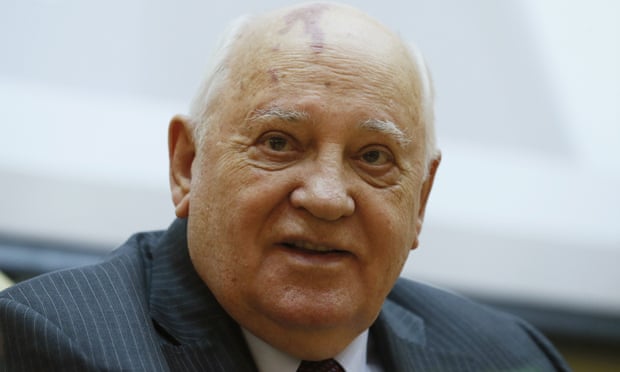British Columbia
B.C. teen wins Highland dancing world championship in Scotland
Annalise Lam placed first in junior championships at the Cowal Highland Gathering in Dunoon
A 17-year-old from British Columbia has won a world championship Highland dancing event in Scotland, the birthplace of the dance form.
Annalise Lam, from the Brigadoon Dance Academy in Nanaimo, B.C., placed first in the junior championship at the Cowal Highland Gathering in Dunoon last Saturday.
The teenager has been practising Highland dance for over a decade, and qualified for the event in Scotland after winning the Canadian championship in Regina in July.
Lam beat Australian Morven Johnston and Nova Scotian Olivia Burke for the junior title, which is limited to teenagers under the age of 18.
"I'm just over the moon, excited," she told Robyn Burns, host of CBC's All Points West.
"My friends won't let me forget it," she said, laughing. "I'm so proud of myself. And they are, too."
Dozens of people showed up at the Nanaimo airport to welcome Lam home, with one of her friends even bringing bagpipes to add a bit of Scottish atmosphere to her arrival.
"It was so much fun," Lam said.
'You need to show those judges what you can do'
Highland dancing is a form of competitive dancing that was developed in 19th-century Scotland, where men practised it as a battlefield ritual and also as a form of social storytelling.
Today, women win nearly all of the major championships worldwide. In Dunoon, dancers had to compete in four categories set to bagpipe music and percussion: the fling, sword, seann triubhas and reel.
Lam's coach Diena Henry attended the championships along with another dancer from the academy, Keltie Willis — who, earlier in the same trip, won medals at a Commonwealth competition in Stirling.
Leading up to the trip to Scotland, Lam finished second in the B.C. championships before her win at the nationals, which Henry says was the first for a Vancouver Island-born dancer since 1988.
After her protégé cleared the qualifiers in Dunoon last weekend, Henry said there wasn't much opportunity for practice due to the quick turnaround between events.
"We had a talk … our goal is always to not beat anybody. Our goal is always to dance our personal best," she said.
"Our discussion was, for the world final, you cannot hold back. You need to show those judges what you can do."
Lam said she felt "really good" about her performance before the judges gave their verdict.
"I was just in tears hugging her," Henry said, describing her emotions after Lam was awarded first place. "It just went her way, you know? It was pretty exciting."
Henry said she couldn't sleep that night because she kept replaying in her mind the final event of the gathering — a ceremonial Highland fling in which Lam danced with the other champions.
Dreams of the Edinburgh Tattoo
Lam says she was attracted to dancing because of the strength, power and technique required to execute it properly. She also has Scottish heritage from her mother's side of the family.
She practises at Henry's academy twice a week, and at home in the interim.
Henry likened Lam's attitude in class to a "border collie that wants to go to work."
"She just wants the ball, like, 'give it to me,'" Henry told CBC News. "It's a treat to work with her because she's just so hungry to get better."
The champion has now set her sights on performing at the Royal Edinburgh Military Tattoo — a series of performances in the Scottish capital including bands, drills and display teams — that takes place every August.
"[It] would be a new experience with performing rather than competing," Lam said. "I'd have to audition, but that would be amazing if I could get in."










:format(jpeg)/cloudfront-us-east-1.images.arcpublishing.com/tgam/DG6XLDIXEJBIPGFSVSJZ6W7LME.png)
.jpeg)





